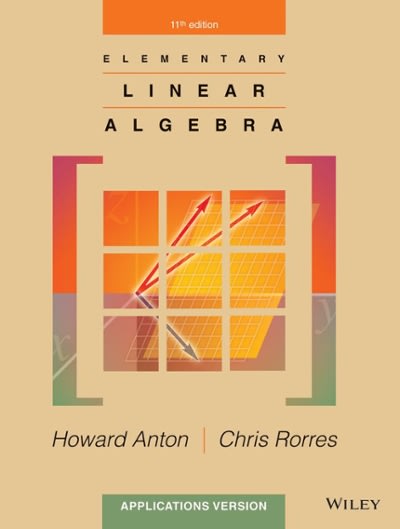Answered step by step
Verified Expert Solution
Question
1 Approved Answer
Assume that the Pb data in Box 3.2 are annual maximum EMCs for 1997 through 2005. Estimate the median, 90th, and 95th percentiles: 1) nonparametrically

Assume that the Pb data in Box 3.2 are annual maximum EMCs for 1997 through 2005. Estimate the median, 90th, and 95th percentiles:
1) nonparametrically with Eq. 3.12, (3 pts)
2) assuming a normal distribution, and (3 pts)
3) assuming a lognormal distribution. (3 pts) Estimate the two-year, 10-year, and 25-year return period EMCs assuming:
4) a normal and (3 pts)
5) lognormal distribution. (3 pts)
6) What is the longest return-period EMC than can be estimated nonparametically? (3 pts)




Step by Step Solution
There are 3 Steps involved in it
Step: 1

Get Instant Access to Expert-Tailored Solutions
See step-by-step solutions with expert insights and AI powered tools for academic success
Step: 2

Step: 3

Ace Your Homework with AI
Get the answers you need in no time with our AI-driven, step-by-step assistance
Get Started


